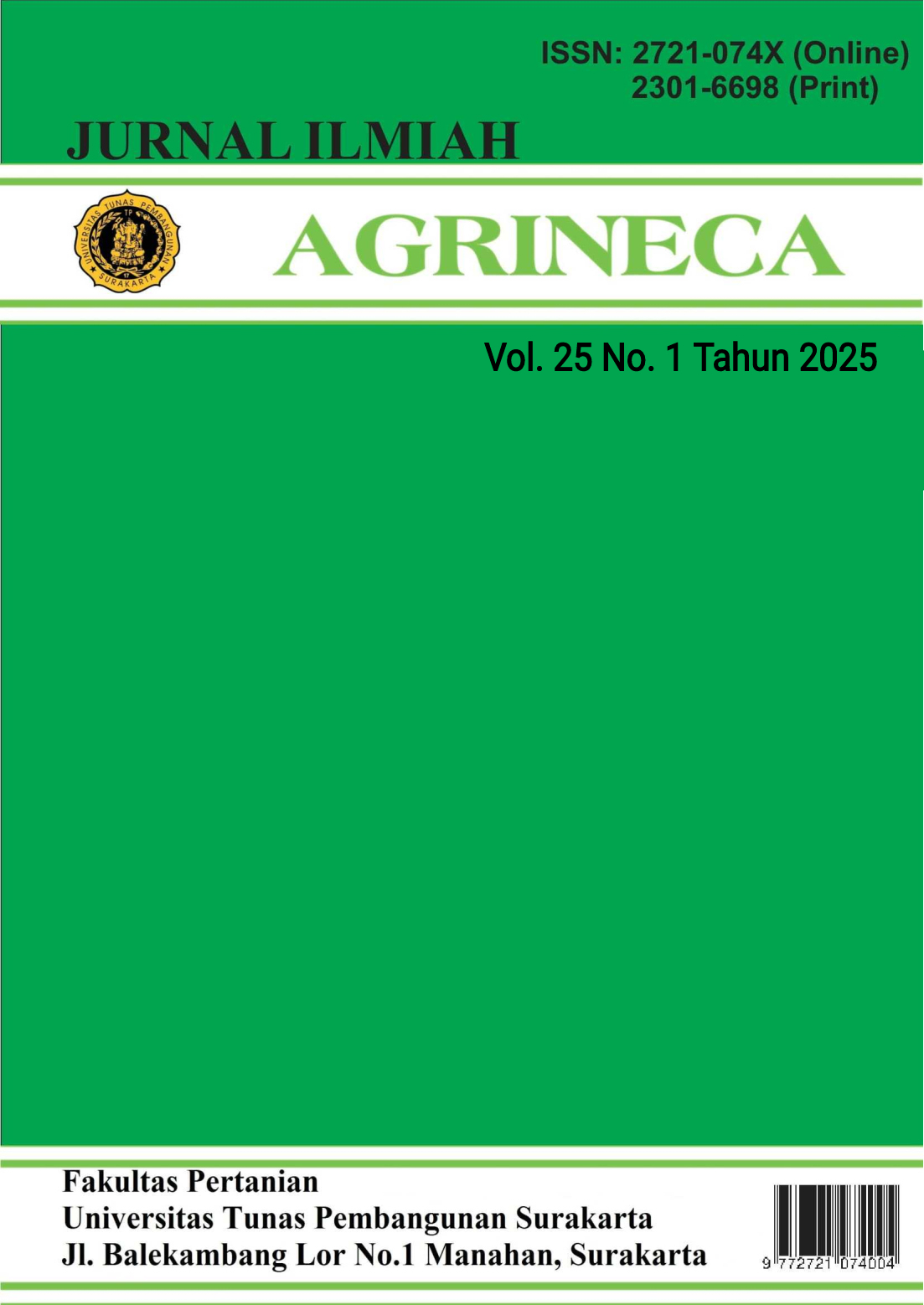Penghilangan Logam Berat Dari Lindi Tempat Pembuangan Sampah Menggunakan Tanaman Akuatik
Abstract
Landfill leachate, a contaminated liquid produced from rainwater passing through waste materials, presents serious environmental risks by polluting soil and water sources. This study examines the potential of water spinach (WS) (Ipomoea aquatica), water hyacinth (WH) (Eichhornia crassipes), and marsh pennywort (MP) (Hydrocotyle umbellata) to remove heavy metals from landfill leachateIt evaluates levels of heavy metals such as zinc (Zn), copper (Cu), and iron (Fe) to assess the effectiveness of pollutant removal. Leachates from landfills were distributed among four basins over a period of 28 days; (Basin 1 – control, basin 2 – water hyacinth, basin 3 – water spinach, basin 4 – marsh pennywort) and each basin underwent testing with different retention times. The results proved substantial decrease in all of the selected heavy metals (Zn, Cu and Fe) levels after treatment with WH, WS and MP. All the aquatic plants demonstrate an ability to absorb heavy metals, leading to lowered concentrations in the leachate. These findings highlight WH, WS and MP promise as phytoremediation tools for managing landfill leachate contamination that can help to combat pollution and safeguard water resources. This project aims to compare how effectively WS, WH and MP, with various exposure times, can eliminate heavy metals.

